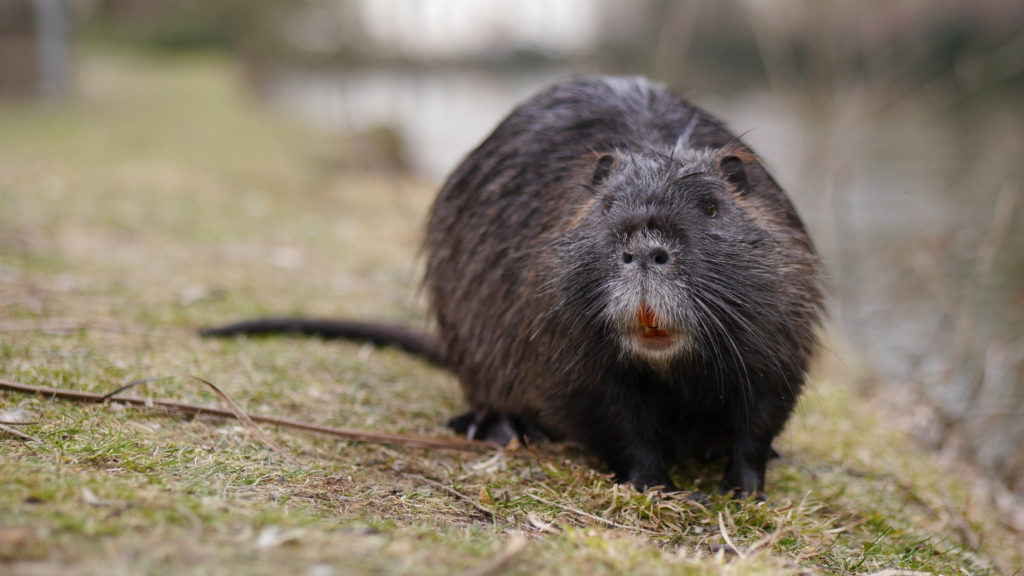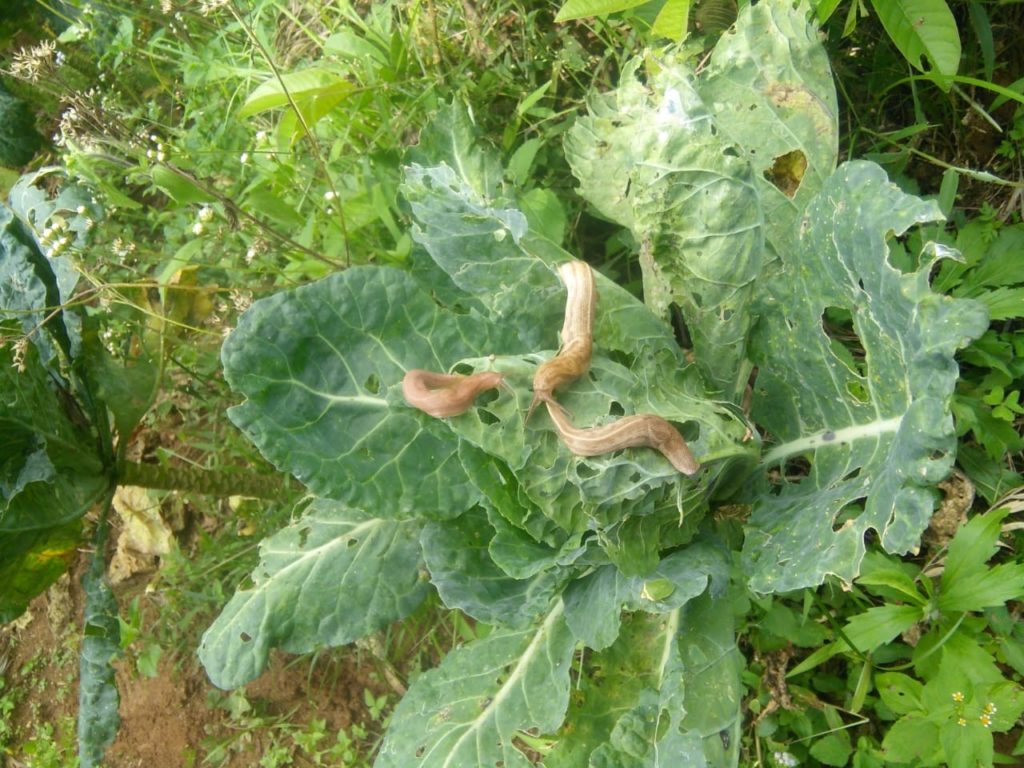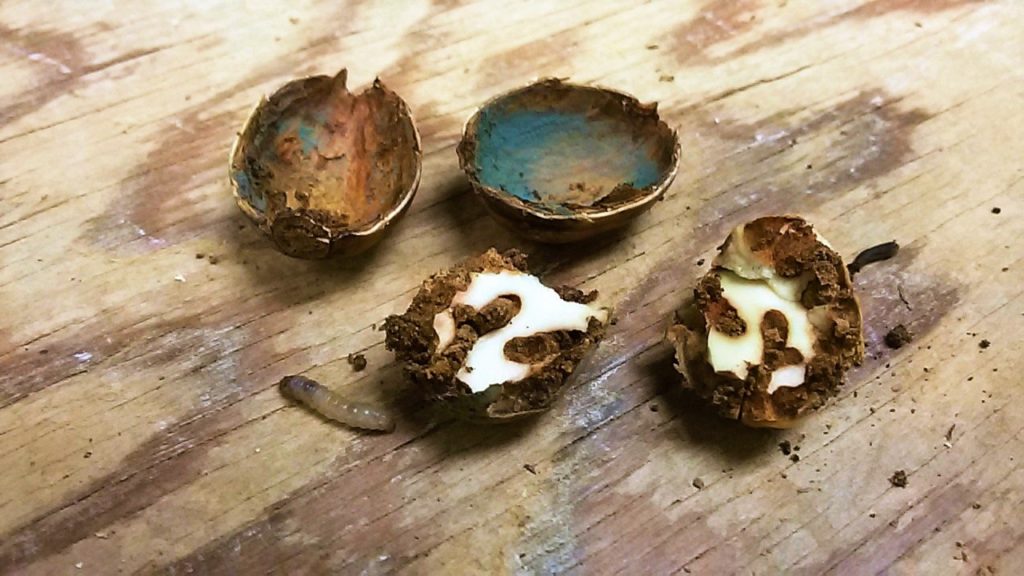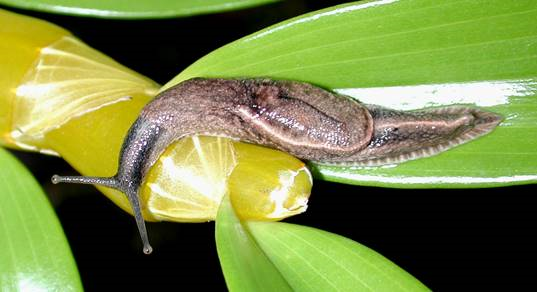CABI leads regional workshop on Pest Risk Analysis tool in Bangladesh
Plant quarantine experts on Pest Risk Analysis (PRA) from four countries in South Asia joined together in Bangladesh last week (4th -5th September) for a workshop led by CABI on the new Pest Risk Analysis (PRA) decision support tool and workflow. The PRA tool workshop, which was made possible through CABI’s Action on Invasives programme,…
Invasive species aren’t just a ‘first world problem’
By Jim Erickson-Michigan. Reblogged from Futurity. Invasions from alien plants, animals, and pathogens threaten the economies of the world’s poorest nations, according to study. One-sixth of the global land surface is highly vulnerable to invasion, including substantial areas in developing countries and biodiversity hotspots, according to the study published in Nature Communications.
Invading Ireland: the coypu
By Dr Colin Lawton, National University of Ireland Galway One of the greatest threats to biodiversity is the invasion of alien species into an ecosystem. These can occur through natural migrations as a result of recent habitat or climate change, or species can be introduced by human activities, both accidentally or deliberately. Invasions are occurring…
Training of Trainers on awareness and management of Parthenium in Pakistan
As one of its key priorities, CABI under the Action on Invasives programme aims to raise awareness about the threat of invasive species with the relevant government departments in Pakistan. In particular to address the issue of the highly invasive Parthenium weed. Through public awareness campaigns and sharing invasive management advice for better control practices,…
Potential Slug Invasions and their Impact on UK Biosecurity (Part 2)
By Dr Jenna Ross Guest writer, Dr Jenna Ross, from Crop Health and Protection (CHAP), joins us for the second of her two-part special series (read part 1) on the outputs of her prestigious Nuffield Farming Scholarship. Jenna spent 26 weeks travelling the world studying all aspects of slug invasions and slug control, and in…
Invasion of a predator: Lionfish
By Rebecca Quarterman and Hannah Fielder The majestic, unusual looking Lionfish could be seen as harmless to the untrained eye. Yet, this invasive species has multiplied aggressively over the last two decades to become a serious threat to biodiversity in the marine setting. The red lionfish (Pterois volitans) and the devil firefish (Pterois miles) are…
Traded forest tree seeds pose a great risk of introducing harmful pest, new research shows
CABI has led an international team of scientists who strongly suggest that the global trade of forest tree seeds is not as safe as previously believed, with insect pests and fungal pathogens posing a great risk to trees and forest ecosystems worldwide. Non-native insect pests and fungal pathogens present one of the major threats to…
Collaborative effort in Kenya to manage the impact of scale insect in coastal region
By Fernadis Makale, CABI Scale insects – such as the coffee mealybug and cassava mealybug – are some of the least studied group of invertebrates in East Africa. However, a collaborative effort has been made to address the threat they pose to smallholder farmers: despite their cross-cutting status as pests in all plant groups, crops,…
Kenya faces devastating Prosopis invasion: What can be done
By Purity Rima Mbaabu. Originally published on The Conversation. Woody plant species have been deliberately introduced into many arid and semi-arid regions across the world as they can help combat desertification and provide resources – like fuelwood – to the rural poor. But some of these alien trees and shrubs have become invasive, having devastating effects on other species as…










